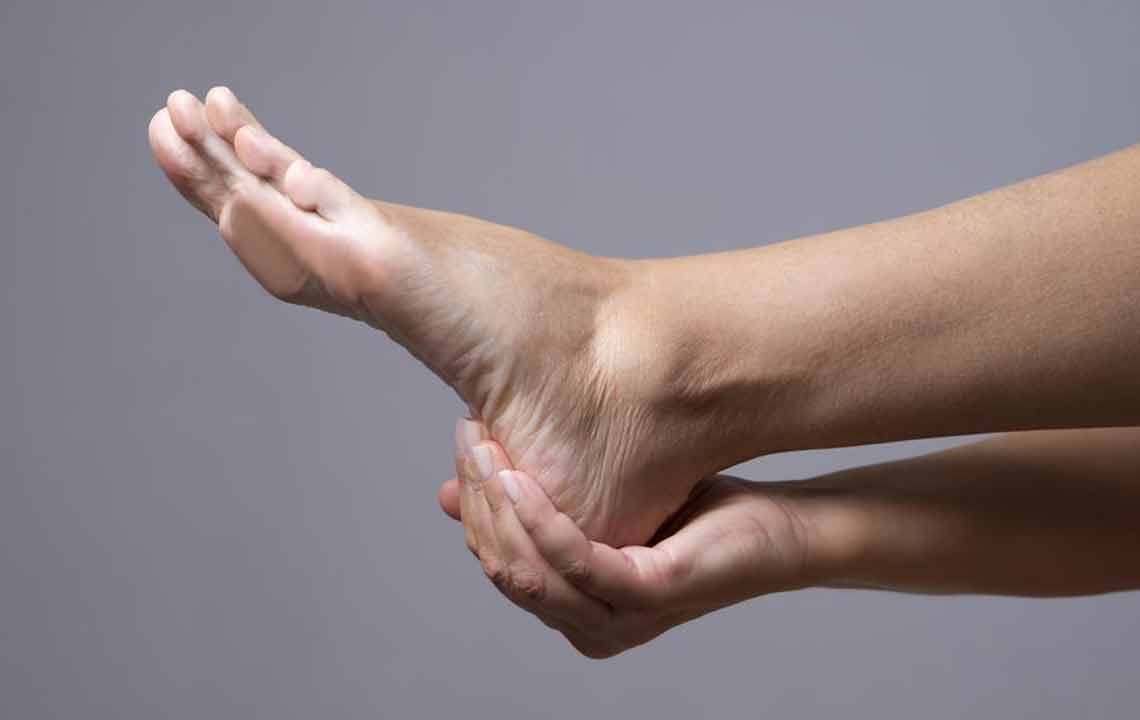A brief about foot corn and its treatment
Corns and calluses are the condition of the skin that becomes hard and thickened due to repeated friction, rubbing or pressure on the skin. Corns and calluses formation is often found on the feet. Calluses, in general, are not harmful, however, can make walking painful and sometimes also result in infection or skin ulceration.
The scientific name of corn is heloma. Corn is a type of callus of dead skin with some special shape and it usually occurs on the thin or hairless skin surface, mainly of toes or fingers.

• Heloma durum, known as hard corn: Occurs at dry or flat surface of skin which makes them hard
• Heloma molle, known as soft corn: Occurs in between adjacent toes always moist, keeps the skin soft
Types of calluses
- A callus (patch of dead skin, can happen anywhere on feet subject to friction
- A seed corn (occurs on the heel, very painful)
- A hard corn (patch of hard skin occur on top of toe)
- A soft corn (red patches occur in between toes)
- A plantar callus (occurs on the bottom or surface of foot)
Causes of foot corn
Corns and calluses can be caused by the improper walking style of the feet, but in most of the cases, they are caused by ill-fitting shoes. If shoes are very tight, then they squeeze the foot, putting a lot of pressure on it. If they are loose, then the foot may slide and rub against the surface, which then creates a friction. High-heel shoes also cause discomfort in walking, putting a lot of pressure on the toes. This increases the chance of having foot problems. Wearing shoes and sandals without socks also increases the friction inside the shoes. All these factors are responsible for the corn development and may also result in toe deformities.
Prevention
It is easier to prevent the formation of corns and calluses than to treat them. By minimizing the pressure and rubbing of skin with the shoe, the corn formation can be prevented. Footwear should be well-fitted, to avoid excess friction you can wear socks and for decreasing pressure, it is advised to buy new shoes during the evening as our foot size is likely to be maximum and also buying slightly loose shoes.
Symptoms of foot corn
You can identify the corns and calluses with the following symptoms.
- Hard patches or bumps on skin
- Tenderness or pain around the skin
- Dry and rough skin
- Pressure and friction causing pain
- Thickened layer of skin
Diagnosing the foot corn
If you find corn on your feet, you are advised to visit the doctor first. The doctor will examine the corn, its surrounding skin and based on the observation made, he initiates the further procedure. However, the foot corn treatment totally depends upon the degree of pain and the location of corn.
Foot corn treatment
Most of the foot corn gets disappeared gradually when the pressure or the friction stops. It is strictly advised to visit a doctor. Corns must be treated by the doctors only. A person suffering from diabetes or other circulatory diseases should never operate the corn itself by cutting it on your own as it will only increase the risk of infection. Corns rarely require surgery.
- General antibiotics can clear the infected corn but small incision might be required to clear the pus.
- Applying Moisturising creams can also be helpful but you must consult the doctor first.
- Some special type corn removing liquid, containing salicylic acid can also be used, however, these liquids are not suitable for everyone especially diabetes patients.
- You can also go for surgery for removing plantar callus, however, they might come back again as the surgery does not guarantee its complete existence.
General home care and remedies for foot corn treatment
- Rubbing the pumice stone regularly on hard corn will reduce the size of the corn and help in softening it.
- Lemon can also be used for foot corn treatment. Tying a lemon over the corn can provide a great relief from the pain.
- White vinegar is also used in foot corn treatment. Its higher acidity level helps in softening the hard corn and its antifungal property also reduces the chances of infection.
- Rubbing baking soda over the corn helps in getting rid of the dead skin layer, which helps in the healing process.
- Garlic due to its natural antioxidant, antibacterial, and antifungal properties can be helpful in treating corn.
Preventive measures for foot corn
Foot corn can be treated by taking some steps but it can also be prevented. Following are some measures you can take to prevent foot corn:
- Avoiding wearing tight shoes that cause excess pressure and friction
- Using cushions between the toes
- Padding the potential area with a pad
- Avoiding pointed toe and high-heel shoes, as they cause high pressure on your feet inside the shoes.
- Using proper size socks to avoid friction.
- Using a piece of foam on heel area below your feet ankle
These tips and foot corn treatments will help you in dealing with the pain.